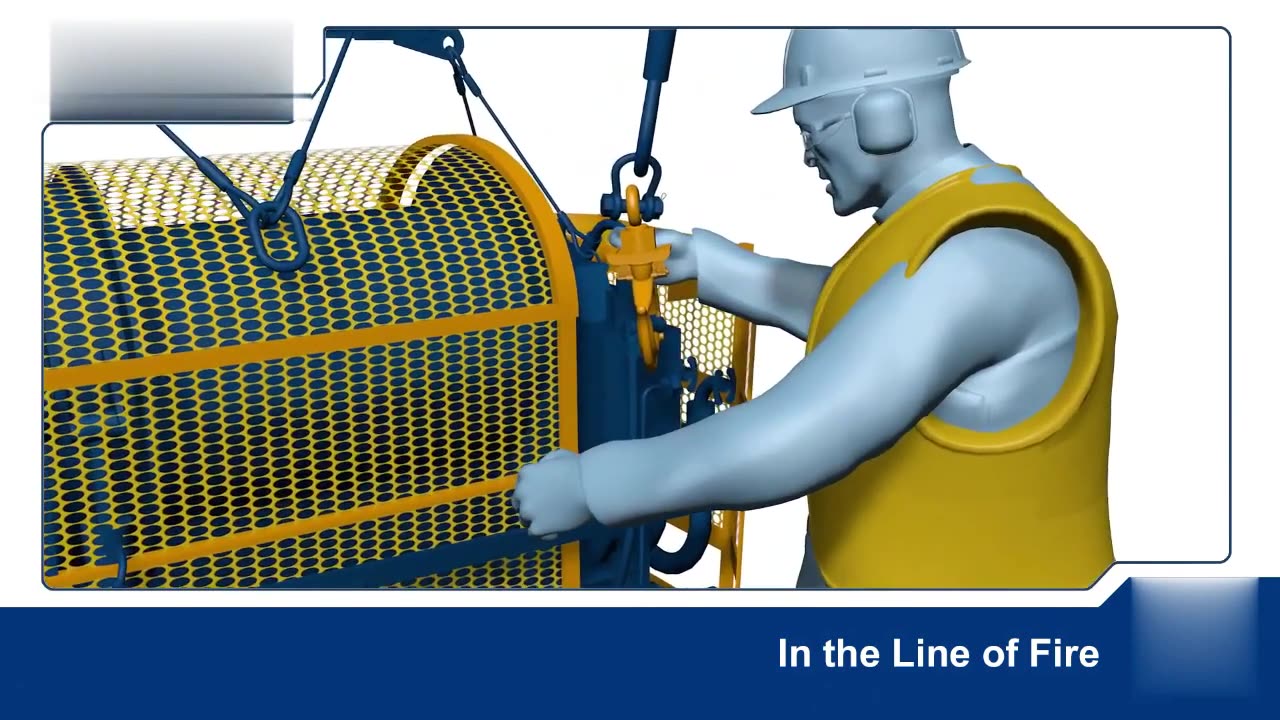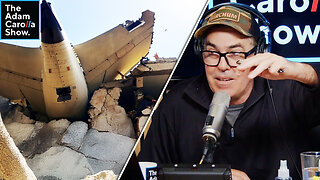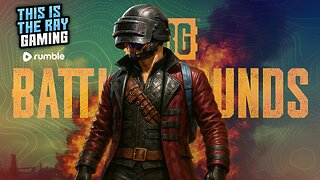Premium Only Content

LINE OF FIRE What that's mean
The term **"Line of Fire"** refers to a position where a person is at risk of being struck, crushed, or otherwise harmed due to the movement of equipment, tools, materials, or energy sources in the workplace. It is a critical concept in workplace safety, especially in industries like construction, oil and gas, manufacturing, and warehousing.
---
### **Understanding "Line of Fire"**
- A person is "in the line of fire" when they are in the path of a potential hazard.
- This could involve direct physical contact with moving objects, exposure to energy release (e.g., high-pressure systems, electricity), or falling objects.
---
### **Three Main Types of Line of Fire Hazards**
1. **Struck-By Hazards**
- Objects moving through the air or across the ground can hit a worker.
- Examples: Tools falling from a height, vehicles in motion, or machinery with moving parts.
2. **Caught-In/Between Hazards**
- A person can be caught or crushed between two objects.
- Examples: Being trapped between a moving vehicle and a stationary structure or between rotating equipment.
3. **Energy Release Hazards**
- Release of energy, such as stored pressure, electricity, or mechanical energy, can cause harm.
- Examples: High-pressure steam, gas release, or an unanticipated release of a spring-loaded component.
---
### **Examples of Line of Fire Situations**
- Standing under a suspended load.
- Working near an operating excavator or forklift.
- Standing near an energy release point (e.g., pressure valve).
- Reaching into the path of a machine's moving parts.
- Working at heights without proper barriers or precautions.
---
### **Preventing Line of Fire Incidents**
1. **Hazard Awareness**
- Identify all potential sources of hazards in the work environment.
- Conduct risk assessments and toolbox talks to educate workers.
2. **Control Measures**
- Use barriers or guards to protect workers from moving equipment.
- Isolate energy sources during maintenance or repair (e.g., Lockout/Tagout).
3. **Safe Work Practices**
- Maintain a safe distance from moving equipment and suspended loads.
- Never position yourself between moving and fixed objects.
- Use proper lifting techniques and equipment.
4. **Personal Protective Equipment (PPE)**
- Wear helmets, gloves, high-visibility clothing, and other PPE as required.
5. **Training and Communication**
- Ensure workers are trained to recognize and avoid line-of-fire hazards.
- Use clear signage and signals to alert workers about high-risk areas.
---
### **Why is Line of Fire Awareness Important?**
- Reduces workplace injuries and fatalities.
- Improves situational awareness among employees.
- Enhances overall workplace safety culture.
Would you like examples of specific line-of-fire scenarios or a checklist for hazard identification?
-
 6:43
6:43
HSESafetyInformation
3 months agoLahori Chanay Recipe - Lahori Cholay Recipe - Chana Chana Masala
49 -
 35:26
35:26
Adam Carolla
2 hours ago $5.76 earnedIndia Plane Crash + MrBeast’s $500K Disney Date, Ron DeSantis: Floridians Can Hit Protesters W/Cars
18.7K7 -
 1:23:47
1:23:47
Mike Rowe
18 days agoAmerica's Favorite Villain Is Finally The Good Guy | Neal McDonough #437 | The Way I Heard It
16.9K11 -
 2:35:31
2:35:31
vivafrei
13 hours agoEp. 268: Minnesota Assassinations; SCOTUS Rulings; No Kings; Padilla FAFO! WW3 & MORE! Viva & Barnes
89.5K165 -
 LIVE
LIVE
MyronGainesX
18 hours ago $20.06 earnedIsrael Being ATTACKED NOW! Breaking News!
3,762 watching -
 LIVE
LIVE
SpartakusLIVE
7 hours agoBig DADDY Spart wishes YOU a Happy Father's Day || Duos w/ @sophiesnazz
795 watching -
 LIVE
LIVE
Due Dissidence
12 hours agoIsrael STRIKES IRAN, Iran HITS BACK, Marandi OWNS Media Hack, Is This THE END of MAGA?
3,179 watching -
 2:12:15
2:12:15
Nerdrotic
5 hours ago $6.38 earnedChris Cottrell Interpreting the Geomorphology of Carolina Bays | Forbidden Frontier #105
39K5 -
 LIVE
LIVE
Spartan
3 hours agoPro Halo Player | Halo Infinite Ranked Arena into SWTOR and/or Gears Beta
157 watching -
 LIVE
LIVE
This is the Ray Gaming
2 hours ago $0.43 earnedPushing for Rumble Creator Program
154 watching